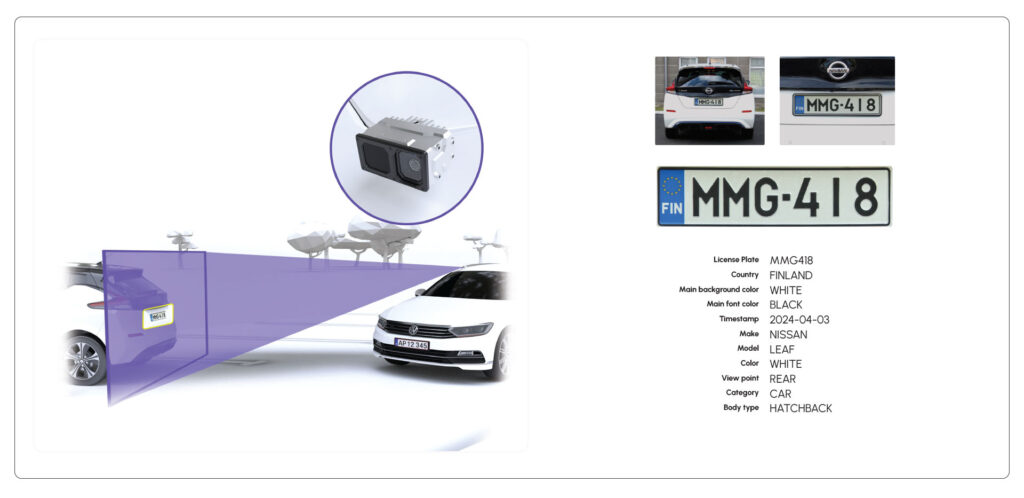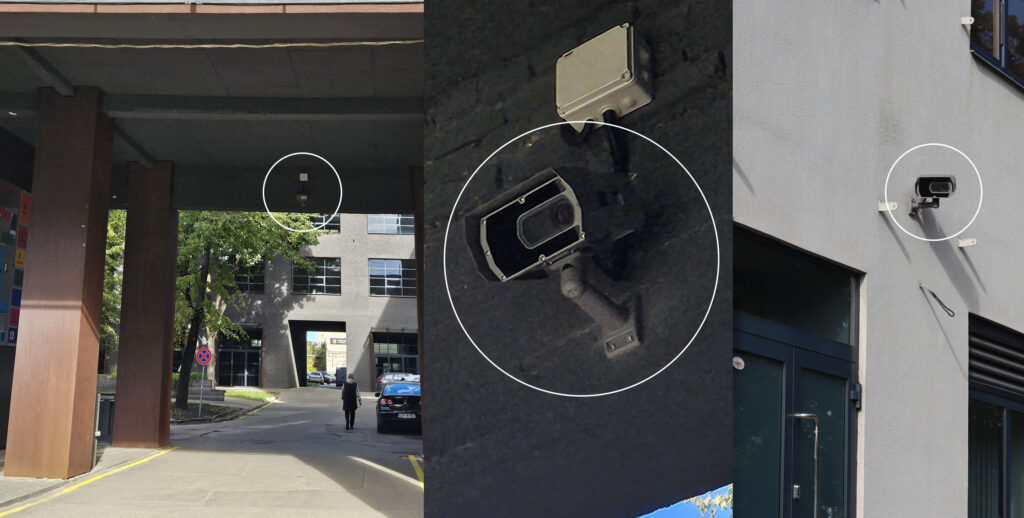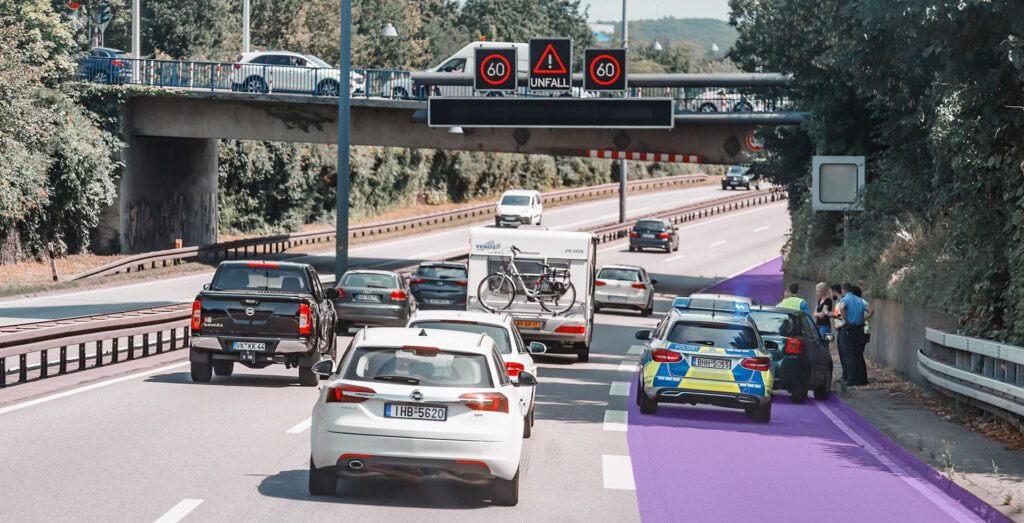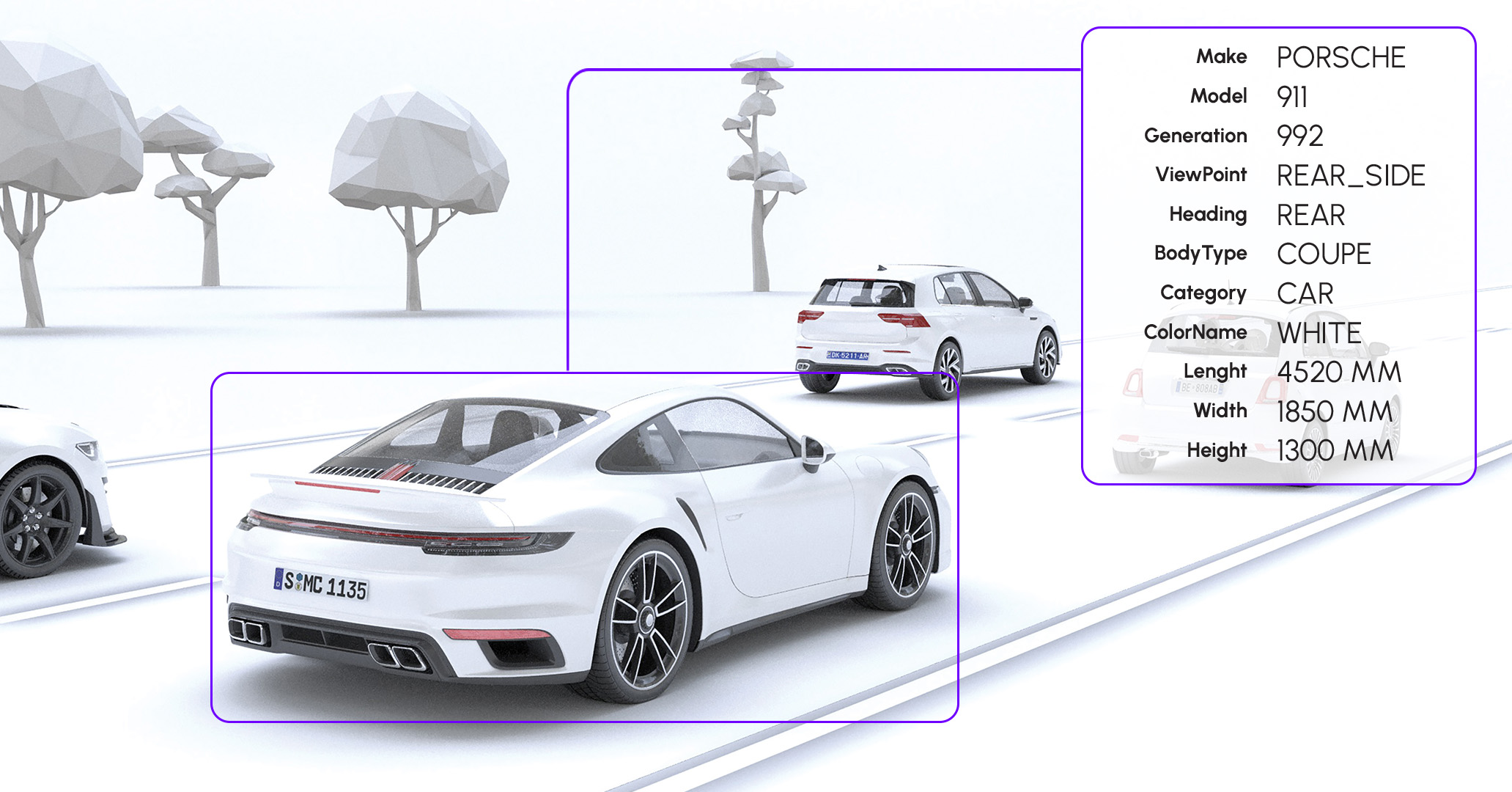What Is MMR (Make, Model Recognition)?
MMR, or Make and Model Recognition, is an advanced vehicle identification technology that automatically detects a vehicle’s brand (make), specific model, generation, vehicle category, and color based on visual data – typically captured by ANPR (Automatic Number Plate Recognition) cameras.
Unlike basic license plate reading, MMR adds a deeper layer of intelligence to vehicle recognition. By recognizing vehicle attributes such as brand, model, generation, and color, MMR can add an additional layer of verification to ANPR results — making it possible to flag inconsistencies, filter out potential misreads, and detect suspicious plate-vehicle mismatches.
This makes it a powerful tool for industries like tolling, traffic enforcement, access control, retail, and hospitality, where knowing more about the vehicle means unlocking more value.

The MMR Advantage: Turning Vehicle Data into Business Value
Traditional ANPR tells you who – but Make, Model, and Color Recognition (MMR) tells you more. By transforming a simple license plate read into a rich vehicle profile, MMR unlocks new layers of operational efficiency and business intelligence across industries.
- Accelerated incident resolution: In real-world scenarios where witnesses only recall vehicle characteristics — not plate numbers — MMR helps narrow down suspects quickly. Filtering by vehicle category, color, and time — and in luckier cases, by make and model — enables operators to find the correct license plate in seconds, reducing downtime and eliminating critical blind spots in security monitoring.
- High-value customer identification: A premium SUV at a valet entrance or a family car returning to a retail store might signal spending power, lifestyle, or loyalty. With MMR, businesses can recognize not just the vehicle, but the potential behind the wheel – and act accordingly.
- Automated service tiering: From allocating the right parking spot to prioritizing guest check-in, MMR enables differentiated service based on vehicle type, size, or brand — a powerful tool for hotels, resorts, and entertainment venues aiming to elevate the guest experience.
- Data-backed decision making: Combined with time and location, vehicle type patterns can inform marketing strategies, facility layout, staffing schedules, and even inventory planning. MMR adds a valuable layer of insight where plate data alone falls short.
Real-World Applications of Make and Model Recognition Technology
1. Security and Access Control: Smarter Verification, Safer Spaces
Modern ANPR systems with built-in Make and Model Recognition (MMR) are reshaping how organizations handle vehicle access and respond to incidents—moving beyond basic gate management to offer a smarter, layered approach to security.
From vague descriptions to concrete evidence
In residential communities and office buildings, eyewitness reports often lack details – people rarely remember license plates. Picture this: someone reports their car was scratched around noon in a private garage, but all they recall is that it was a red Opel. With MMR, that’s enough. The system can instantly filter vehicles by color, make, and time, narrowing down suspects within seconds. Once filtered, the full vehicle profile—including the plate—is revealed. This transforms vague accounts into actionable leads, drastically reducing investigation time and boosting response efficiency.
Protecting complex sites from unauthorized entry
At industrial parks and logistics hubs, the challenges grow more complex. It’s not just about opening gates – it’s about ensuring only authorized vehicles enter specific zones at the right time. Subcontractor drivers sometimes try to bypass official check-in procedures by using side roads or shared access codes. Plate-only systems may struggle to detect these workarounds – especially if plates are spoofed or reused. MMR adds a critical second layer of verification: even if the plate matches, access is denied if the vehicle’s make and model don’t align with the expected profile. This reduces unauthorized entries, enforces proper routing, and strengthens both security and operational control.

2. Traffic Management & Urban Planning: Data That Drives Smarter Cities
As urban areas face mounting pressure from traffic congestion, pollution, and limited parking, ANPR systems enhanced with MMR offer cities the data they need to design smarter, more responsive mobility strategies.
Smarter parking systems
Imagine a parking system that doesn’t just detect free spaces but actively assigns them based on vehicle type. Compact and electric vehicles could be prioritized for central spots, while directing larger vehicles to areas that can accommodate them. Mobile apps could then guide drivers to the most suitable spaces, reducing search times, cutting emissions, and increasing turnover. These improvements don’t just improve driver experience—they deliver environmental and economic benefits at scale.
Dynamic traffic optimization
With MMR data, cities can gain real-time insight into what types of vehicles are using key roads. This enables more intelligent signal timing—such as prioritizing buses, emergency vehicles, or rerouting heavy freight traffic. In low-emission zones, traffic authorities could also use this data to identify and respond to high-polluting vehicle types on the fly, adjusting access dynamically to balance clean air goals with practical mobility.

From Vehicle Recognition to Strategy
While some of these applications are still emerging, the direction is clear: ANPR and MMR together turn raw vehicle data into real-world results. Whether it’s improving access control or shaping city-wide mobility policies, the ability to identify not just a license plate—but the full vehicle profile—opens the door to smarter, more secure, and more efficient systems.
Frequently Asked Questions about Make and Model Recognition (MMR)
1. What is the make and model of a car?
The make of a car refers to its manufacturer, such as Toyota, Ford, or BMW. The model refers to a specific product line made by that manufacturer, such as Corolla, Mustang, or X5. Together, the make and model help identify a vehicle more precisely than just a license plate.
2. Is car make and model PII (Personally Identifiable Information)?
No, a vehicle’s make and model alone are not classified as PII. However, when combined with other data – like license plate numbers, timestamps, or location—they may become sensitive and should be handled according to data privacy laws like GDPR or CCPA.
3. Can a VIN number tell you the make and model of a vehicle?
Yes. The VIN (Vehicle Identification Number) includes information about the car’s make, model, year, engine type, and more. But VINs are only visible at close range. Technologies like Make and Model Recognition (MMR) identify the vehicle’s attributes remotely using camera-based image analysis.
4. How to find the make and model of a vehicle?
You can find a car’s make and model by checking its registration papers, insurance documents, or decoding the VIN. For remote or automated identification, Make and Model Recognition (MMR) software can detect the vehicle’s brand, model, generation, and color using images—no manual lookup needed.
5. How is MMR integrated into Adaptive Recognition’s ANPR systems and cameras?
MMR is built into Adaptive Recognition’s Vidar license plate recognition camera, Lynet mobile ANPR camera, Einar vehicle access control camera, and Carmen® ANPR software solutions. It runs onboard in real time or via API/SDK in server-based setups. The system is fully modular and GDS-compliant, making integration fast and scalable for custom deployments.
6. How accurate is MMR in real-world conditions?
Adaptive Recognition’s MMR achieves up to 98% accuracy under ideal conditions and performs reliably in real-world environments with motion, poor lighting, or occlusion. Trained on millions of images, it supports over 240 makes and 1700+ models, and improves continuously through updates.


